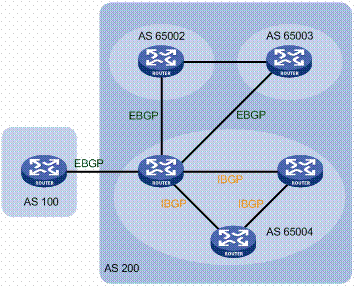Autonomous Systems (ASes) exchange reachability information between each other using BGP -- the de-facto standard inter-AS routing protocol. While IPv4 (IPv6) routes more specific than /24 (/48) are commonly filtered (and hence not propagated), route collectors still observe many of them. In this work, we take a closer look at those "hyper-specific" prefixes (HSPs). In particular, we analyze their prevalence, use cases, and whether operators use them intentionally or accidentally. While their total number increases over time, most HSPs can only be seen by route collector peers. Nonetheless, some HSPs can be seen constantly throughout an entire year and propagate widely. We find that most HSPs represent (internal) routes to peering infrastructure or are related to address block relocations or blackholing. While hundreds of operators intentionally add HSPs to well-known routing databases, we observe that many HSPs are possibly accidentally leaked routes.
翻译:自动系统(ASes) 使用 BGP -- -- de-facto 标准跨AS路线协议,相互交换可获取性信息。 虽然IPv4(IPv6) 路径比 24 (48) 路径更为具体, 通常被过滤( 因而没有传播), 路线采集器仍然观察其中许多路径。 在这项工作中, 我们仔细查看这些“ 超强特有” 前缀( HSPs) 。 特别是, 我们分析其流行程度、 使用案例, 以及操作员是否有意或意外地使用这些前缀。 虽然它们的总数在一段时间内会增加, 但大多数 HSPs 只能由路收集器同行看到 。 尽管如此, 某些 HSPs 可以在整年中不断看到并广泛传播。 我们发现大多数 HSPs 代表( 内部) 通往对等基础设施的路径, 或与解决街区迁移或黑洞相关。 尽管数百个操作员有意将HSPs加入众所周知的路线数据库, 我们观察到许多 HSPs 可能是意外泄漏的路径 。





